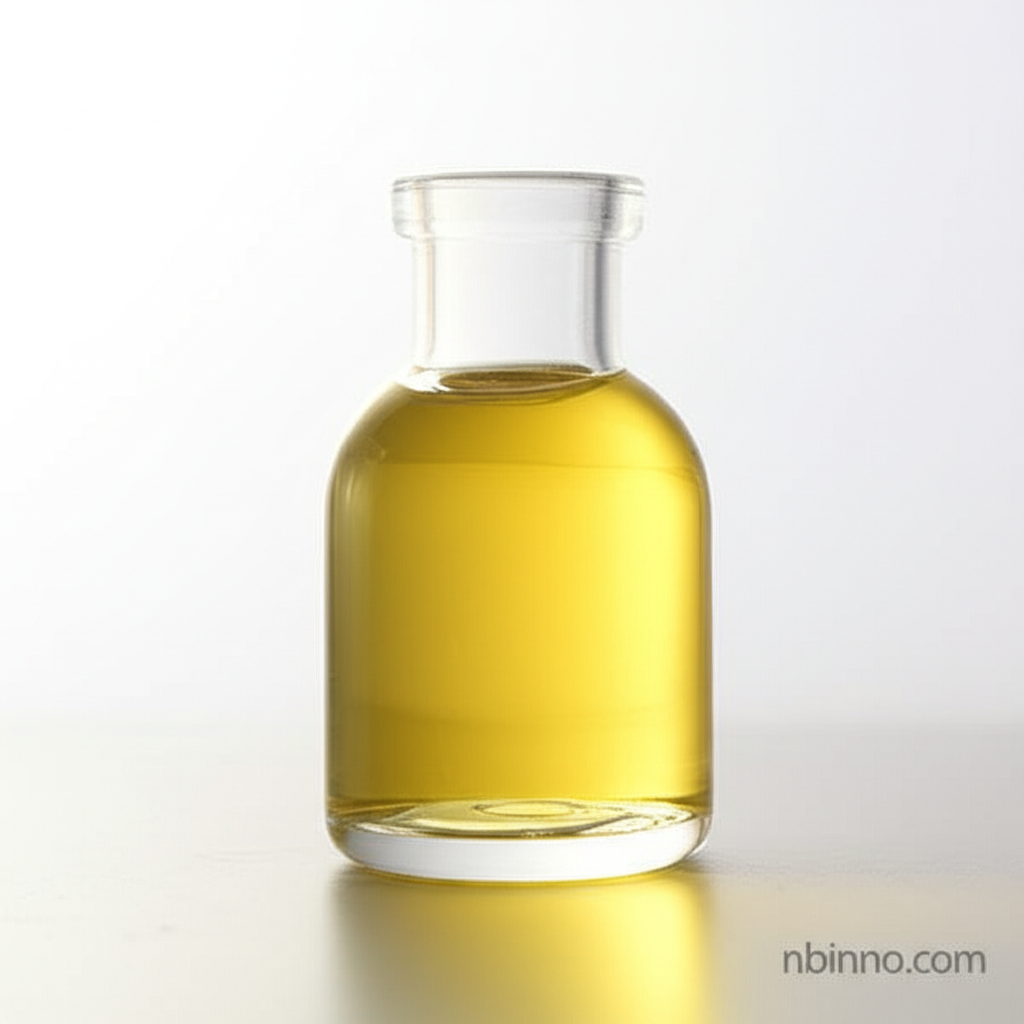Understanding 2-Pyridineethanol (CAS 103-74-2): Synthesis, Applications, and Properties in Organic Chemistry
Explore the critical role of 2-Pyridineethanol in advancing pharmaceutical and agrochemical innovations.
Get a Quote & SampleProduct Core Value

2-Pyridineethanol
2-Pyridineethanol is an essential organic compound widely utilized as a building block in various chemical synthesis processes. Its high purity (98%min) and characteristic colorless to light yellow liquid appearance make it suitable for precise reactions. It is instrumental in developing new pharmaceuticals and agrochemicals, offering enhanced solubility and stability.
- Leverage 2-Pyridineethanol applications in the synthesis of complex molecules for pharmaceutical development, enabling the creation of novel therapeutic agents.
- Utilize 2-Pyridineethanol CAS 103-74-2 as a key component in agrochemical research, contributing to the formulation of more effective pesticides and herbicides.
- Benefit from its properties as a versatile chemical compound, serving as an effective solvent in organic synthesis, improving the solubility of hydrophobic substances.
- Understand the critical role of pyridineethanol derivatives in various industrial applications, driven by their unique chemical structure and reactivity.
Advantages Offered by the Product
High Purity for Reliable Synthesis
With a minimum purity of 98%, 2-Pyridineethanol ensures consistent and predictable results in intricate organic synthesis pathways, crucial for both pharmaceutical and agrochemical advancements.
Versatile Building Block
This compound acts as a fundamental building block, allowing chemists to construct more complex molecular structures, thereby accelerating innovation in drug discovery and crop protection.
Effective Solvent Properties
As an effective solvent in chemical reactions, 2-Pyridineethanol aids in enhancing the solubility of less soluble compounds, a significant advantage in many organic synthesis procedures.
Key Applications
Pharmaceutical Synthesis
2-Pyridineethanol is a critical intermediate in the synthesis of various pharmaceuticals, particularly those targeting neurological disorders, showcasing its importance in pharmaceutical development compound research.
Agrochemical Development
Its use in agrochemical formulation supports the creation of more potent and efficient pesticides and herbicides, aligning with advancements in agrochemical research chemical.
Organic Synthesis
The compound serves as a versatile reagent and solvent in numerous organic synthesis processes, facilitating reactions and improving yields.
Research and Development
It's widely employed in R&D settings to explore new chemical pathways and discover novel compounds, underscoring its role as an organic synthesis intermediate.
